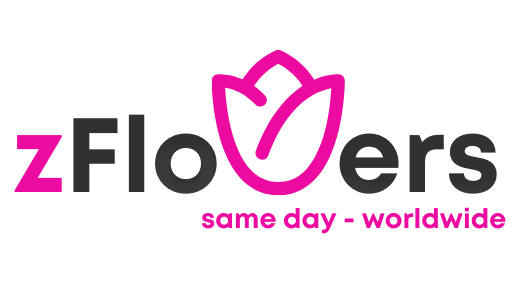In recent years, the demand for natural and organic food products has seen a significant rise. Consumers are becoming more conscious of what goes into the food they consume, leading to an increased interest in natural food coloring alternatives. Edible flower dyes have emerged as a popular choice for adding vibrant and natural colors to various food and beverage products. In this blog, we will delve into the use of flowers as natural food coloring and explore the concept of edible flower dyes.
The Rising Trend of Natural Food Coloring
The food industry has been witnessing a shift towards natural ingredients, driven by consumer preferences for clean-label products. Synthetic food colorings have faced scrutiny due to concerns about their potential health risks, leading to a growing demand for natural alternatives. Edible flower dyes have gained attention for their ability to impart beautiful hues to food and drinks without the use of artificial additives.
Exploring Edible Flower Dyes
Edible flower dyes are derived from a variety of flowers, each offering unique colors and flavor profiles. Flowers such as hibiscus, butterfly pea, rose, and elderflower have been traditionally used as natural dyes, adding a touch of elegance to culinary creations. These natural colorants can be extracted through various methods, including steeping, infusion, or extraction, to create vibrant and visually appealing dyes.
The Appeal of Natural Colors
The use of edible flower dyes goes beyond just adding color to food and drinks. These natural colorants also offer the advantage of subtle floral notes, enhancing the sensory experience of the products they are used in. Additionally, they align with the growing consumer preference for plant-based and sustainable ingredients, contributing to the overall appeal of the end products.
Applications in Food and Beverage Industry
The versatility of edible flower dyes enables their use in a wide range of food and beverage applications. From artisanal baked goods and confectionery to beverages and savory dishes, these natural colorants offer a creative and visually compelling way to elevate the appeal of culinary creations. Furthermore, their potential for use in specialty drinks, cocktails, and mocktails presents an exciting opportunity for mixologists and beverage companies.
Consumer Awareness and Education
As the trend towards natural food coloring continues to gain momentum, there is a need for consumer awareness and education regarding the benefits and applications of edible flower dyes. Brands and manufacturers can leverage this opportunity to communicate the use of natural colorants, highlighting their commitment to providing healthier and more natural alternatives to synthetic additives.
The use of edible flower dyes as natural food coloring presents a promising avenue for innovation in the food and beverage industry. With their visual appeal, natural origins, and potential flavor-enhancing properties, edible flower dyes offer a compelling solution for meeting the demand for natural and sustainable food coloring options. As consumer preferences continue to evolve, the incorporation of these natural colorants can contribute to the development of products that align with the values of modern consumers.
Remember, when creating marketing content, it’s essential to highlight the unique selling points of edible flower dyes, such as their natural origins, vibrant colors, and potential flavor-enhancing properties. Additionally, incorporating visuals of food and drinks colored with edible flower dyes can help capture the attention of your target audience and showcase the aesthetic appeal of these natural colorants. If you need further assistance in developing marketing strategies or campaigns for promoting edible flower dyes, feel free to reach out for personalized guidance.





